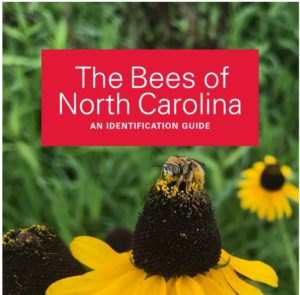
The Bees of North Carolina- a Book by Elsa Younsteadt and Hannah Levenson
Many thanks to Dr. Elsa Youngsteadt and Hannah Levenson for this excellent new book, which is available in hard copy for purchase and as …



El inglés es el idioma de control de esta página. En la medida en que haya algún conflicto entre la traducción al inglés y la traducción, el inglés prevalece.
Al hacer clic en el enlace de traducción se activa un servicio de traducción gratuito para convertir la página al español. Al igual que con cualquier traducción por Internet, la conversión no es sensible al contexto y puede que no traduzca el texto en su significado original. NC State Extension no garantiza la exactitud del texto traducido. Por favor, tenga en cuenta que algunas aplicaciones y/o servicios pueden no funcionar como se espera cuando se traducen.
Inglês é o idioma de controle desta página. Na medida que haja algum conflito entre o texto original em Inglês e a tradução, o Inglês prevalece.
Ao clicar no link de tradução, um serviço gratuito de tradução será ativado para converter a página para o Português. Como em qualquer tradução pela internet, a conversão não é sensivel ao contexto e pode não ocorrer a tradução para o significado orginal. O serviço de Extensão da Carolina do Norte (NC State Extension) não garante a exatidão do texto traduzido. Por favor, observe que algumas funções ou serviços podem não funcionar como esperado após a tradução.
English is the controlling language of this page. To the extent there is any conflict between the English text and the translation, English controls.
Clicking on the translation link activates a free translation service to convert the page to Spanish. As with any Internet translation, the conversion is not context-sensitive and may not translate the text to its original meaning. NC State Extension does not guarantee the accuracy of the translated text. Please note that some applications and/or services may not function as expected when translated.
Collapse ▲
Many thanks to Dr. Elsa Youngsteadt and Hannah Levenson for this excellent new book, which is available in hard copy for purchase and as …
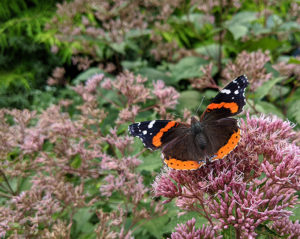
Pollinator Paradise is a Demonstration Garden created by the North Carolina Cooperative Extension, Chatham County Center. Agriculture Agent Debbie Roos …
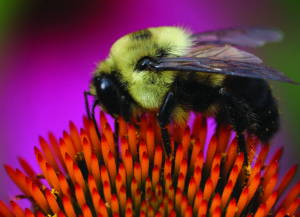
In honor of Citizen Science Month, the Chatham County Center of North Carolina Cooperative Extension conducted a webinar on …
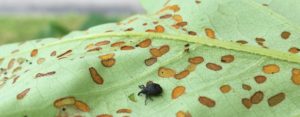
We just got an alert from Amanda Taylor, Area Specialized Agent – Nursery and Greenhouse, that yellow poplar weevils, …
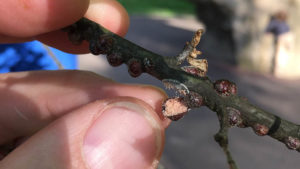
Oak lecanium scale and European fruit lecanium are nearly identical soft scales that infest oaks and many other tree …

Press release by Richard Campbell, NC State Extension. COVID-19 has disrupted our lives and routines, from how we work, play …
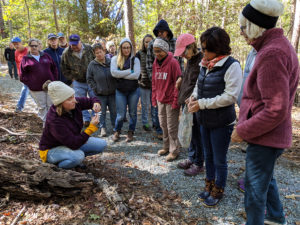
The Chatham Conservation Partnership (CCP) is a collaboration of local, state and federal government agencies, non-profit organizations, businesses, universities, …
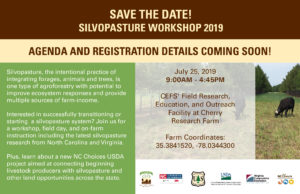
Save-the-date, SILVOPASTURES Field Day, July 25, 2019. Registration will be limited to 60 participants. Details for registration, including a …

Elms have lots of pests. This week I have had several reports of larger elm leaf beetles, Monocesta coryli, …
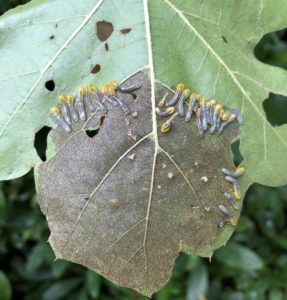
Oaks have hundreds of herbivores so it is no wonder that towards the end of summer some of the …
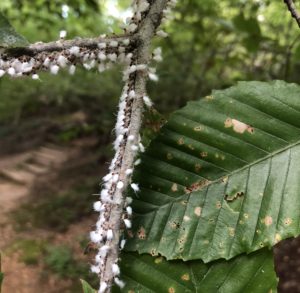
You might notice twigs on beech trees covered in a woolly sleeve. Get closer and it will begin to …
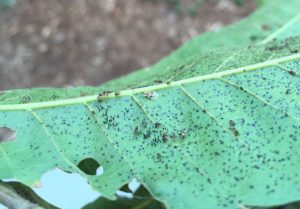
Oak lace bugs (Corythucha arcuata), like other lace bugs, cause stippling on leaves. Oak lace bugs, of course, feed …
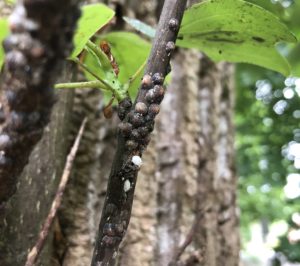
Tulip tree scales and other soft scales are maturing and producing a lot of honeydew. This makes people notice …
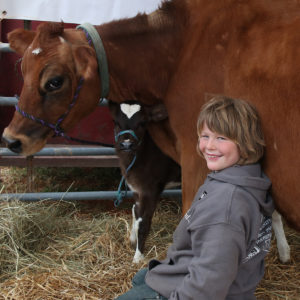
The 1st Annual Chatham County Spring Ag Fest on March 24, 2018, was a huge success with an estimated crowd …
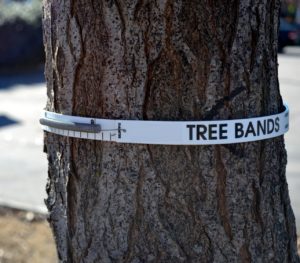
If you have a red maple (Acer rubrum) in your yard, and a few minutes of free time per …
Originally posted on ecoipm.org Last week I wrote a post about recent research by Don Cipollini and Chad Rigsby at …

This manual prepares pesticide applicators for Forest Pest Control Certification exams in the following states: …

You can proactively manage your forest for health and vigor and help it to adapt …

This factsheet about Fraser fir pests covers white pine cone beetles, bagworms, gypsy moths, Botrytis …
This publication describes the North Carolina Forest Stewardship Program, a cooperative effort to help owners …

This note explains the benefits of establishing a timber basis for tax and casualty loss …
This publication provides an introduction to the various financial incentives available to woodlot owners. Both …

This factsheet offers information on the biology and management of the emerald ash borer, an …

This publication discusses the contributions that North Carolina’s forests and forest products industry provide to …